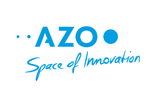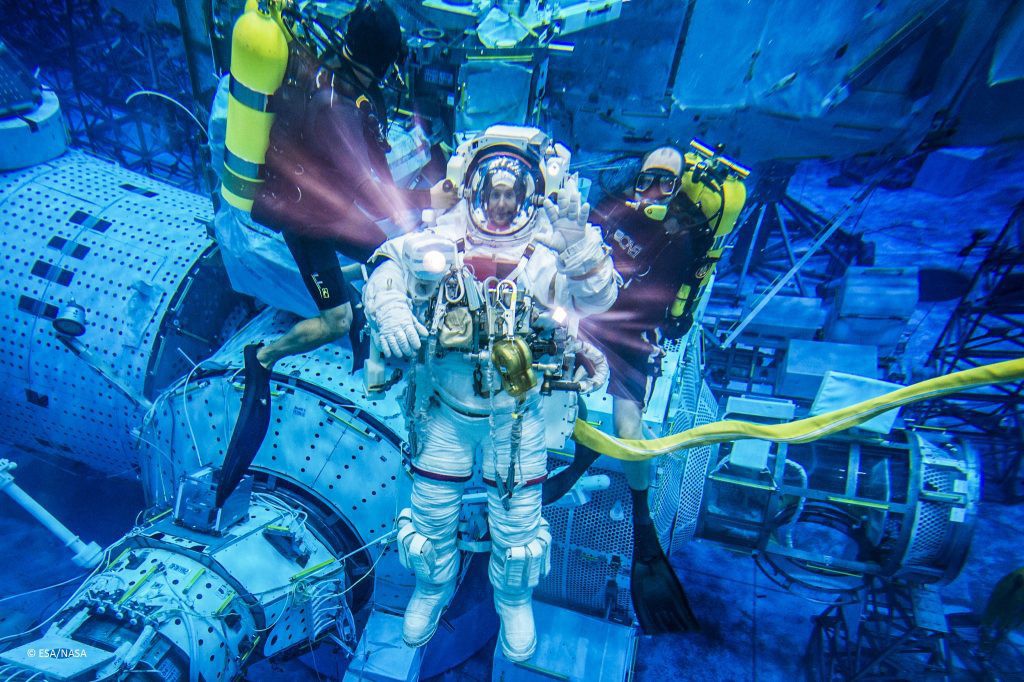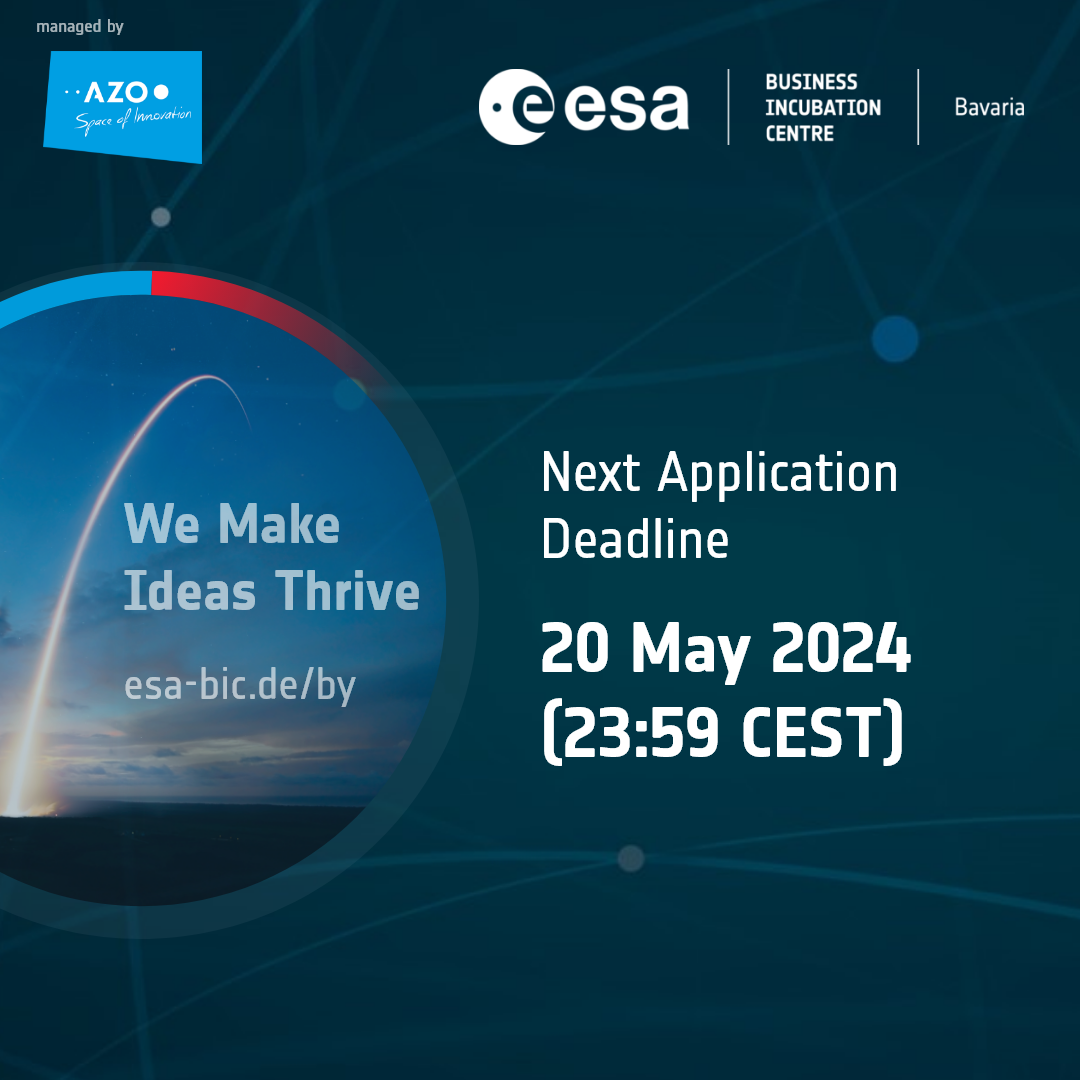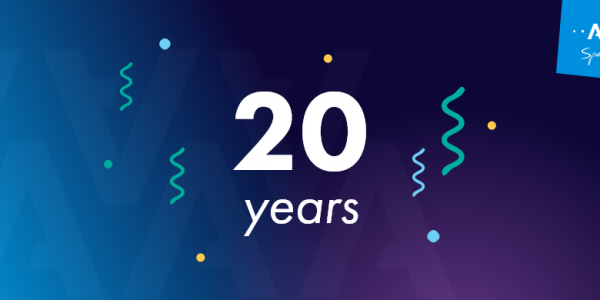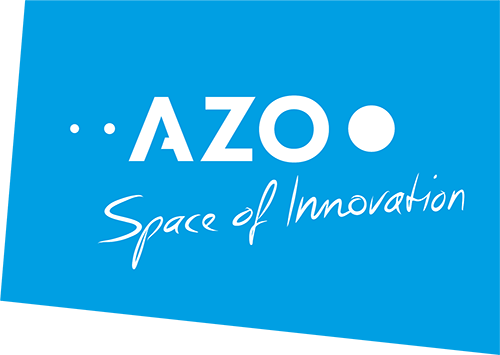The Information and Communications Technology (ICT) sector is continuously experiencing tremendous growth throughout Europe. According to the European Commission, 50% of the European productivity growth is based on ICT investments and 25% of the entire business expenditure in Research and Development (R&D) result from ICT. Both, the ICT and the space sector have common interests and can profit from synergies. You might ask how? The answer is quite simple: technology transfer.
Space 4.0 and ICT
Within the European space ecosystem, Space 4.0 is the driver for contemporary technologies, such as big data, connectivity and ICT. This technology driver is used to take global challenges head-on. For space, ICT and its countless applications and devices represents a sparring partner to improve Europe’s competitiveness and the society sustainably.
New ideas for the next space generation
Under the heading “Space 4.0 – new ideas for the next space generation”, the ideas competition INNOspace Masters is seeking advanced ideas and concepts, tackling current challenges of the space industry with innovative proposed solutions. Initiated by the Space Administration of the German Aerospace Center (DLR) and organised by Anwendungszentrum GmbH Oberpfaffenhofen (AZO), this competition invites innovators to submit their proposals and concepts for the New Space Economy.
Spin-in as well as spin-off ideas – meaning technology transfer from a non-space sector into space and technology transfer from space to a non-space sector – are both of interest for the INNOspace Masters and thus make the competition unique.
Skip the harness
An excellent example is the Overall Winner of the INNOspace Masters 2016 edition: Skith – Skip the harness which has successfully received funding from the Space Administration of the German Aerospace Center (DLR). Computers and all kinds of other technological devices of a satellite are spread throughout the satellite in accordance with technical and spatial conditions. This circumstance requires difficult and heavy wiring – the harness. This necessary procedure has numerous disadvantages, including cost and weight intensity as well as the board computer’s dependence on connections and devices.
Pioneering technology transfer solution
Skith’s solution is to skip the harness. Thereby, the team aims at transferring wireless technologies, now being used in the areas of the Internet of Things, industry 4.0 and wearable devices to space. By using short range, high speed real time miniature radio communication links, Skith wants to revolutionise the satellite industry. Its durable and adaptable system is created on the basis of combining modular and fault-tolerant software with ultra-wideband technology from industry 4.0. The ultimate goal is to develop an energy-efficient wireless satellite infrastructure which is capable of communicating in real time.
This new type of satellite infrastructure offers a number of benefits compared to the setup of common satellites: higher reliability for satellites, cost and development time reduction, reduction of launcher price, higher flexibility to add/substitute devices and computers as well as easier to outsource modules and reuse modules in different missions/satellites. The advantages of this development will benefit various space stakeholders, such as space manufacturers, space agencies, political institutions and research facilities.
Prof Dr Sergio Montenegro (University of Würzburg) from Skith underlines the value of the ideas competition for its pioneering solution: “In addition to many requests we have received from the press, we could already make many new scientific contacts in our field of research. The INNOspace Masters offers the opportunity to present your idea to a panel of experts and to let it be tested in terms of innovation and feasibility.”
Skith: a simple idea with a big impact, demonstrating the benefit of taking your time to consider how your expertise might be beneficial for other sectors.
Technology transfer offers great added-value
This prime example shows how technology transfer – whether it is based on spin-in or spin-off technology – does not only take business ideas to the next level but also creates benefits for the European economy and society. It also shows that nearly anyone from any sort of sector is eligible to take part in the INNOspace Masters competition. Some sectors though, seem to be privileged to have easier access to cross-sector synergies. The ICT sector is definitely one of them.
The INNOspace Masters provides participants three different Challenges. Renowned partners, including the Space Administration of the German Aerospace Center (DLR), Airbus Defence and Space as well as the two ESA Business Incubation Centres Darmstadt and Bavaria, are hosting these topic-specific Challenges. Have a look at the ideas competition’s website and check out which Challenge is most suitable for your idea.
Your innovative approach can be used for space and thereby the INNOspace Masters offers the perfect platform to broaden the horizon of your New Space idea.
Competition entries are welcome until 13 February 2017 at www.innospace-masters.com.
